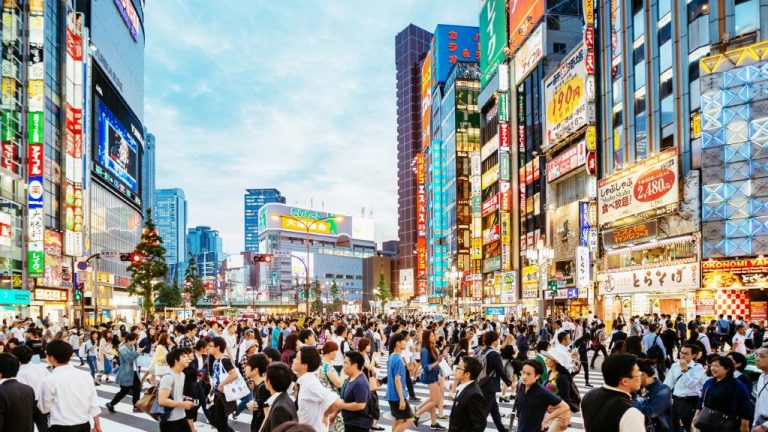Corporate CEOs and their HR managers, or rather “Directors of People and Culture”, will have some interesting challenges over the coming weeks and months as they deal with the fact that the organisational structure of their businesses – the thing we call The Office – is being ransacked and changed, possibly forever.
A friend who works for one of the big banks says his team has been told that only 20-40% of them will be working in the office for at least the next 12 months – the rest will continue to work from home. I understand that sort of instruction is becoming commonplace.
Hot-desking is dead, and good riddance. Open plan offices are probably a thing of the past as well, at least those with close seating, and the days of the CEO being a man or woman of the people and sitting out with the troops are also finished.
At the very least, desks will have Perspex screens separating them, often with semicircles on the floor around the chair indicating safe distance, and there may be arrows in the spaces between desks indicating the one-way direction of travel.
Only allowing two or three people at a time in lifts will mean staggered start times because we won’t all be able to get to our floors at the same time, especially in big buildings with thousands of workers in them. There’ll be no gathering together in recreation spaces, heating lunches in the microwave together, playing ping pong.
Meetings will usually include at least some people on Zoom, or Microsoft Teams, so they will always have to be scheduled: spontaneous discussions between team members are out, as is chitchat on Monday morning about the footy, which will be boring anyway because we can’t go to the game and watching it on TV with silence and empty stands is not the same.
It’s been assumed that office building owners – mostly super funds – will be in trouble because so many people will keep working from home that occupancy and rent incomes will fall sharply, but actually the buildings might remain full.
Companies are telling staff to keep working from home because the new spacing requirements mean they can’t fit everyone in and don’t want to rent more space, or can’t. So the office towers might stay fully occupied, but with half as many people in them.
Whether the companies will be able to keep paying the same rent to house fewer workers is an interesting and complicated question. I suspect that to an extent it will depend on whether staff working at home demand their own costs to be subsidised – mortgage/rent, airconditioning, heating and building insurance – or whether the staff are happy to leave it to taxpayers to subsidise through deductions at tax return time.
WorkCover is another complication. What if you trip over walking from the kitchen table where the computer sits, to the bathroom? You’re at work, so it’s compo, but what’s the insurance premium for that?
And speaking of insurance, it’s the thing that will ensure this revolution takes place.
Companies will be forced by their insurers to follow distancing rules or find themselves uninsured, and in any case the threat of litigation over cases of COVID-19 will ensure that they cannot afford to ignore them.
In general, the way that corporate life has evolved – into a hierarchy of teams working closely together, in one place, usually in a CBD, to which everyone commutes in the morning and goes home at night, having spent the day with the work “family” – is being blown apart, and will remain so until a fully distributed, reliable vaccine is available, and even then things may not go back to the way they were.
Corporate culture is being up-ended in unpredictable and disconcerting ways; CEOs and the people and culture (HR) officials will have their work cut out to adapt their structures.
Offices have been with humanity since ancient Rome, and probably Egypt before that, but the modern office building has its origins in the 18th century, starting with the East India Company and its clerks.
In the 19th and early 20th centuries office design was refined into serried rows of workers closely packed together for maximum efficiency. The invention of lifts and skyscrapers allowed more space so by mid-20th century open plan offices were a thing and these have continued to evolve into more and more agreeable places to be.
In fact it’s fair to say the development of various corporate cultures has centred around the physical environment of the office.
While promoting his 2012 book, The Office: A Hardworking History, Gideon Haigh told ABC radio: “We are all office workers these days, and we’ve become so probably in the span of a century, and in a sense it’s a change to the way in which society has organised itself on a scale with the industrial revolution.”
This revolution is perhaps not on a similar scale again, but it’s big, and will require some large and skilful adaptation from corporate leaders, as well as the staff themselves.
At the very least Gideon will need to add another chapter.
*Alan Kohler is Editor in Chief of Eureka Report
This article originally appeared on www.theaustralian.com.au/property.








